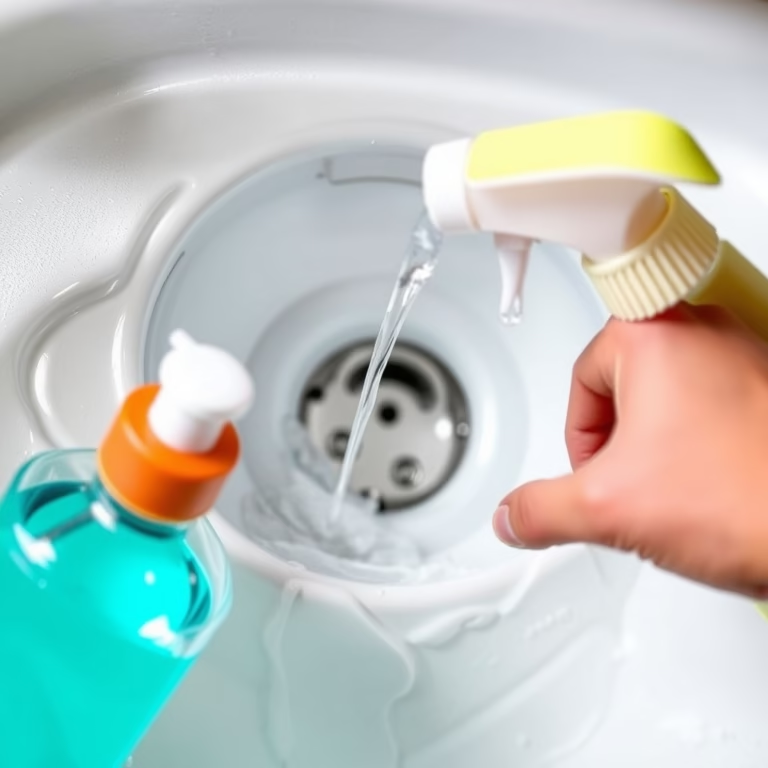How Do You Bleed A Cooling System?

How Do You Bleed A Cooling System?
Maintaining your vehicle’s cooling system is crucial for preventing overheating and ensuring the engine runs smoothly. One of the vital maintenance tasks involves bleeding the cooling system. This process helps to remove air pockets that may have entered the system, ensuring optimal functioning. In this article, we will discuss how to bleed a cooling system effectively, why it is important, and the steps involved in the process.
Why is Bleeding the Cooling System Necessary?
Air bubbles trapped in the cooling system can lead to ineffective coolant circulation, which may result in overheating and potential engine damage. Bleeding the cooling system helps to:
- Prevent overheating by ensuring proper coolant flow.
- Maintain efficient engine performance.
- Extend the lifespan of your vehicle’s components.
- Avoid costly repairs associated with engine failure.
Signs Your Cooling System Needs to be Bled
Here are some common signs that indicate the need to bleed your cooling system:
- Inconsistent temperature readings on the dashboard.
- The vehicle overheats, particularly in stop-and-go traffic.
- Unusual noises (gurgling or bubbling) coming from the cooling system.
- Coolant leaks or low coolant levels in the reservoir.
Steps to Bleed a Cooling System
Now that you understand the importance of bleeding your vehicle’s cooling system and can identify when it needs to be done, let’s go over the steps to do it effectively:
1. Gather the Necessary Tools and Materials
Before starting the process, make sure you have the following:
- Coolant (as recommended for your vehicle).
- A rag or towel.
- A funnel.
- A screwdriver (if necessary for your vehicle’s cap).
2. Ensure the Engine is Cool
Safety is paramount. Make sure the engine is completely cool before attempting to bleed the cooling system. This will prevent any burns from hot coolant or steam.
3. Locate the Bleed Valve
Depending on your vehicle, you may have a bleed valve located near the engine or radiator. Consult your owner’s manual for the exact location.
4. Open the Reservoir Cap
Remove the cap from the coolant reservoir slowly to release any pressure built up inside the system. Ensure you have a rag handy to catch any spills.
5. Open the Bleed Valve
Using a screwdriver, open the bleed valve. You should see coolant and air bubbles escaping. Keep the valve open until you see a steady stream of coolant without bubbles.
6. Close the Bleed Valve
Once the air bubbles have escaped and a steady stream is visible, close the bleed valve tightly to avoid any coolant leaks.
7. Refill the Coolant
After bleeding, refill the coolant reservoir to the recommended level with fresh coolant. Make sure the cap is properly sealed before starting the engine.
8. Start the Engine
Finally, start your vehicle and let it run for a few minutes. Monitor the temperature gauge and check for any leaks. If everything looks good, the bleeding process is complete!
When to Seek Professional Help
If you find the process difficult or encounter persistent overheating issues even after bleeding, it might be best to seek assistance from a professional mechanic. Issues such as a faulty thermostat or a leaking radiator could require expert attention.
Conclusion
Knowing how to bleed a cooling system is an essential skill for every vehicle owner. By following the steps outlined in this article, you can ensure your cooling system operates efficiently and prolong the lifespan of your engine. Regular checks and maintenance of your cooling system can save you from costly repairs down the road. Stay proactive and keep your engine running smoothly!






